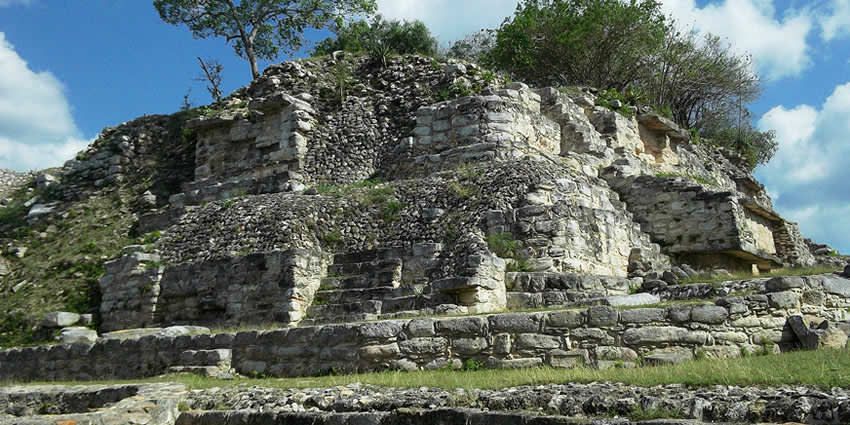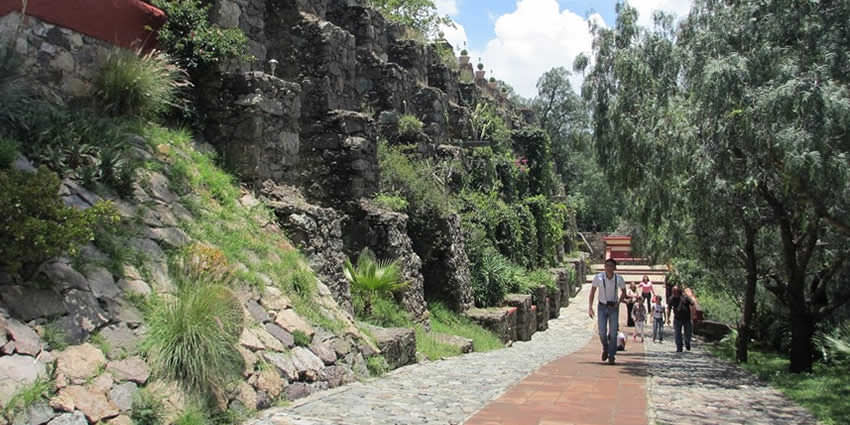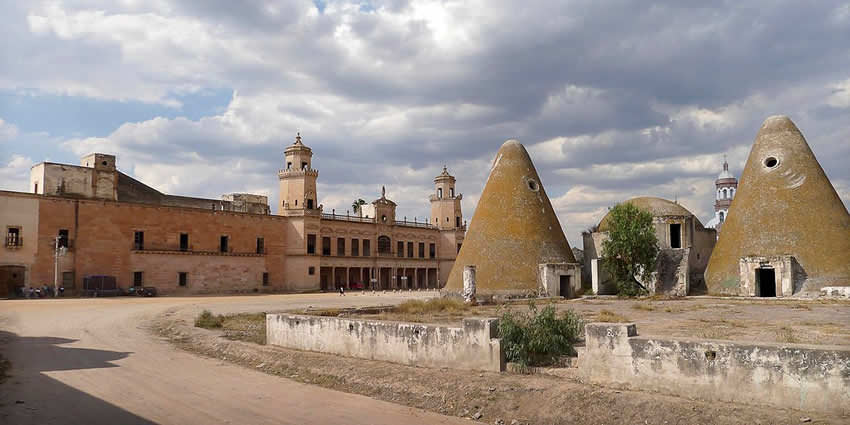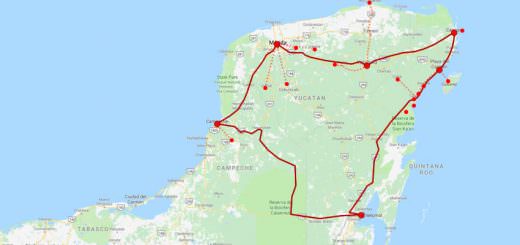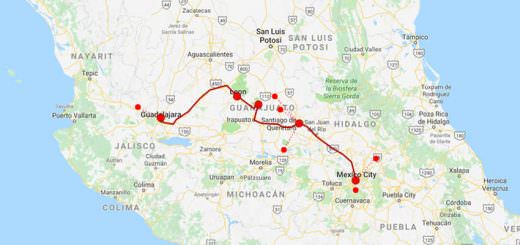
Still under construction
Haciendas have been part of mexican history since colonial times, many of these used to be places where its inhabitants lived and worked.
Nowadays, most of haciendas have been transformed into museums, hotels, farms and private properties opened for visitors.
Origins and growth
A hacienda was an estate in the colonies of the Spanish Empire. Some haciendas were plantations, mines or factories. Many haciendas combined these productive activities.
The term hacienda is imprecise, but usually refers to landed estates of significant size. Smaller holdings were termed estancias or ranchos that were owned almost exclusively by Spaniards and criollos and in rare cases by mixed-race individuals.
Haciendas were developed as profit-making, economic enterprises linked to regional or international markets.
The owner of an hacienda was termed an hacendado. Although the hacienda is not directly linked to the early grants of Indian labor, the encomienda, many Spanish holders of encomiendas did acquire land or develop enterprises where they had access to that forced labor. Even though the private landed estates that comprised most haciendas did not have a direct tie to the encomienda, they are nonetheless linked. Encomenderos were in a position to retain their prominence economically via the hacienda. Since the encomienda was a grant from the crown, holders were dependent on the crown for its continuation. As the crown moved to eliminate the encomienda with its labor supply, Spaniards consolidated private landholdings and recruited free labor on a permanent or casual basis. The long term trend then was the creation of the hacienda as secure private property, which survived the colonial period and into the 20th century. Estates were integrated into a market-based economy aimed at the Hispanic sector and cultivated crops such as sugar, wheat, fruits and vegetables and produced animal products such as meat, wool, leather, and tallow.
Haciendas originated in Spanish land grants, made to many conquistadors and crown officials, but many ordinary Spaniards could also petition for land grants from the crown. The system is considered to have started in present-day Mexico, when the Spanish Crown granted to Hernán Cortés the title of Marquis of the Valley of Oaxaca in 1529. It gave him a tract of land that included all of the present state of Morelos. Cortés was also granted encomiendas, that gave him access to a vast pool of indigenous labor.
In Mexico the haciendas were abolished by law in 1917 during the revolution, but remnants of the system affect Mexico today. In rural areas, the wealthiest people typically affect the style of the old hacendados even though their wealth these days derives from more capitalistic enterprises.
Personnel
In Spanish America, the owner of an hacienda was called the hacendado or patrón. Most owners of large and profitable haciendas preferred to live in Spanish cities, often near the hacienda, but in Mexico, the richest owners lived in Mexico City, visiting their haciendas at intervals.
Onsite management of the rural estates was by a paid administrator or manager, which was similar to the arrangement with the encomienda. Administrators were often hired for a fixed term of employment, receiving a salary and at times some share of the profits of the estate. Some administrators also acquired landholdings themselves in the area of the estate they were managing.
The work force on haciendas varied, depending on the type of hacienda and where it was located. In central Mexico near indigenous communities and growing crops to supply urban markets, there was often a small, permanent workforce resident on the hacienda. Labor could be recruited from nearby indigenous communities on an as-needed basis, such as planting and harvest time. The permanent and temporary hacienda employees worked land that belonged to the patrón and under the supervision of local labor bosses. In some places small scale cultivators or campesinos worked small holdings belonging to the hacendado, and owed a portion of their crops to him. In a number of places, the economy of the 18th century was largely a barter system, with little specie circulated on the hacienda.
Stock raising was central to ranching haciendas, the largest of which were in areas without dense indigenous populations, such as northern Mexico, but as Indian populations declined in central areas, more land became available for grazing.
Where the hacienda included working mines, as in Mexico, the patrón might gain immense wealth. The unusually large and profitable Jesuit hacienda Santa Lucía, near Mexico City, established in 1576 and lasting to the expulsion in 1767, has been reconstructed by Herman Konrad from archival sources. This reconstruction has revealed the nature and operation of the hacienda system in Mexico, its labor force, its systems of land tenure and its relationship to larger Hispanic society in Mexico.
The Catholic Church and orders, especially the Jesuits, acquired vast hacienda holdings or preferentially loaned money to the hacendados. As the hacienda owners’ mortgage holders, the Church’s interests were connected with the landholding class.
In the history of Mexico and other Latin American countries, the masses developed some hostility to the church; at times of gaining independence or during certain political movements, the people confiscated the church haciendas or restricted them.
